Rcdi is based on the idea of human development index (HDI) of the United Nations Development Programme (UNDP) and combined with the specific situation of China. Since the reform and opening up, China s economy has made rapid development. However, due to the vast territory of our country and the great regional differences in social and economic development, some areas have failed to develop synchronously in terms of residents health, cultural and educational level and social environment while their economy is expanding rapidly. In addition, the imbalance of regional development and the expansion of differences have also aroused the strong concern of macro decision-making institutions and the whole society. Based on the idea of HDI index compiled by the United Nations, the compilation method and index system of HDI index are improved, and the "China Development Index" with Chinese characteristics is compiled. The comprehensive measurement and evaluation of the level and difference of human and social development of provincial administrative regions in China is conducted to scientifically formulate macro social and economic development policies and promote regional social and economic coordination in China Sustainable development and building a harmonious society are of great significance.

On the basis of HDI index system, combined with the regional social and economic indicators published by China s government statistical departments, and based on the principles of qualitative selection of indicators (i.e., clear purpose, comprehensive, practical, stable and consistent), rcdi selects comprehensive indicators based on the actual needs of people-oriented objective evaluation of social and economic comprehensive development. China s development index consists of four single indexes, a total of 15 indicators (10 positive indicators and 5 reverse indicators). The final index structure is as follows:

Life expectancy at birth, infant mortality, average number of beds per 10000 people

Annual per capita net income of rural residents, per capita GDP, annual per capita consumption ratio of urban and rural residents, Engel coefficient of urban residents


Urban registered unemployment rate, the proportion of added value of tertiary industry in GDP, per capita Road area, per capita residential area of urban residents, days when air quality of provincial capital reaches and is better than grade II (hereinafter referred to as API of provincial capital city), and per capita investment in environmental pollution control